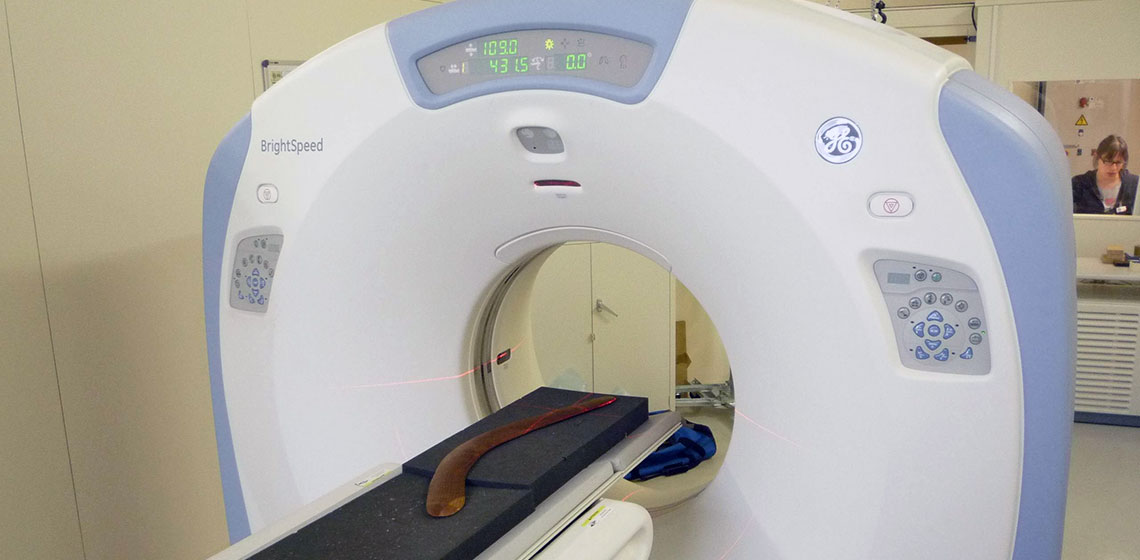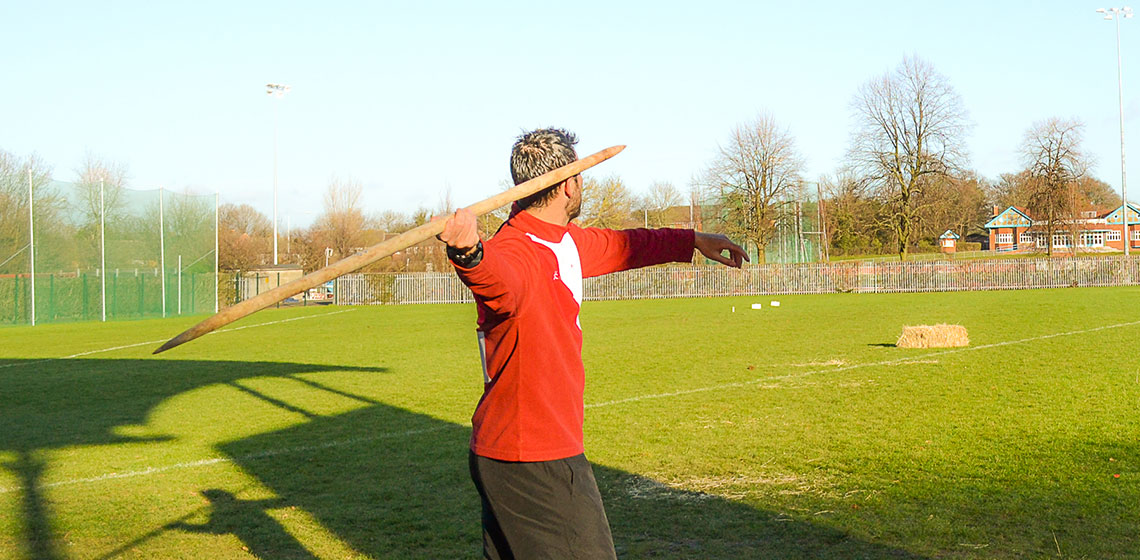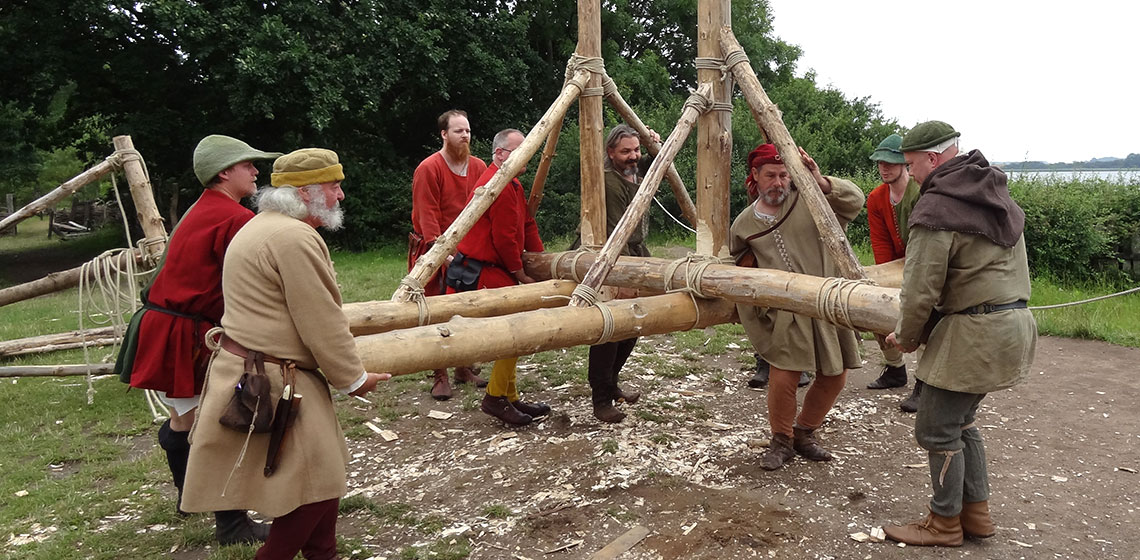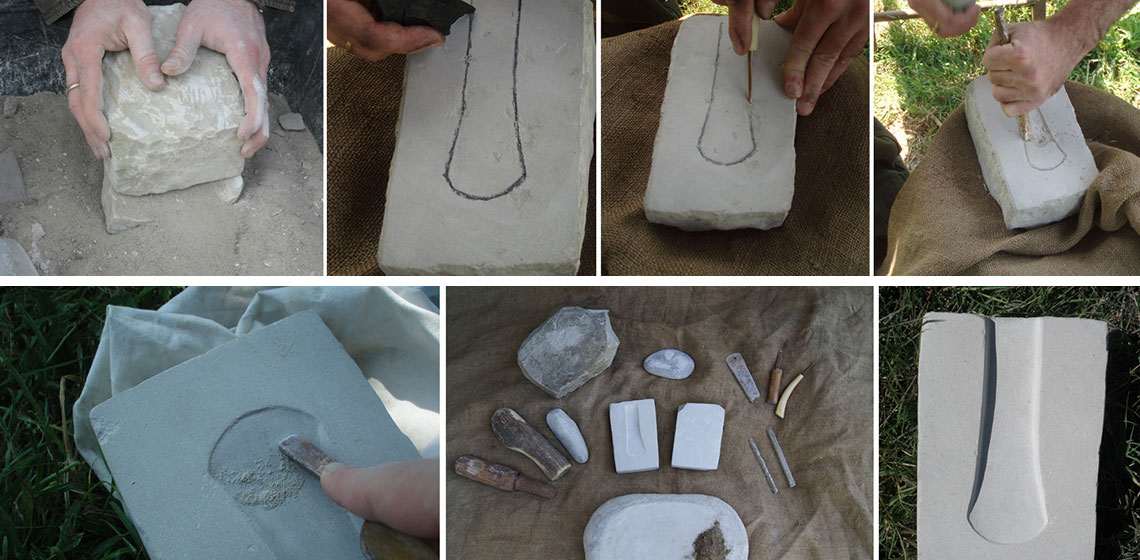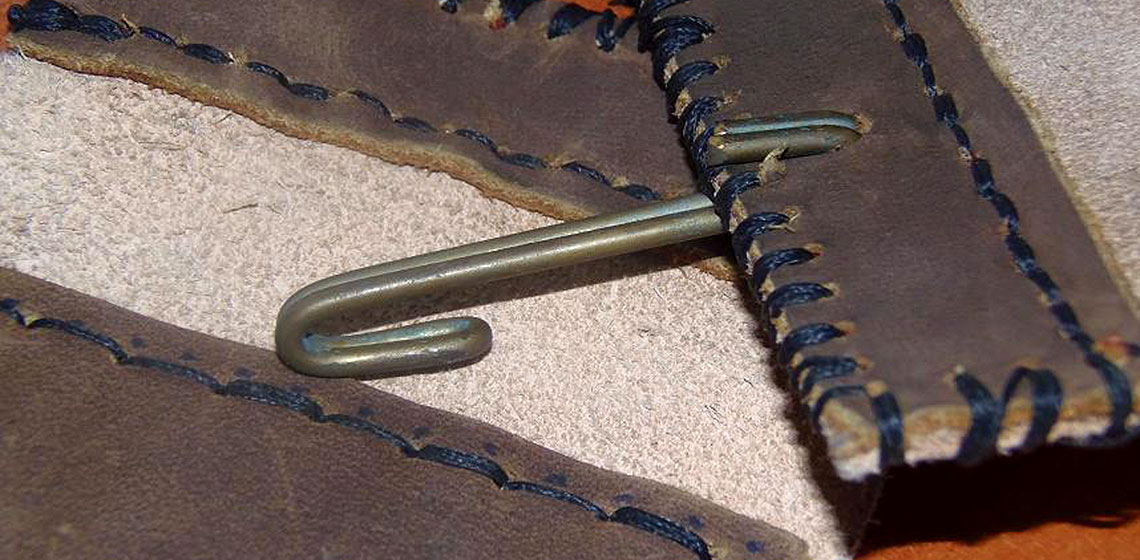Shooting Experiments with Early Medieval Arrowheads
Publication Date
In the Merovingian era (5th-8th century AD) a lot of variously shaped iron arrowheads were used by the Franks, Alemannians and Bavarians, who dwelled in the region known today as Germany, Austria and Switzerland. As archaeological artefacts, two-winged arrowheads with rhombic, willow-leaf or triangular blades represent a standard Germanic type. Iron bodkin and needle-shaped tips are also...


